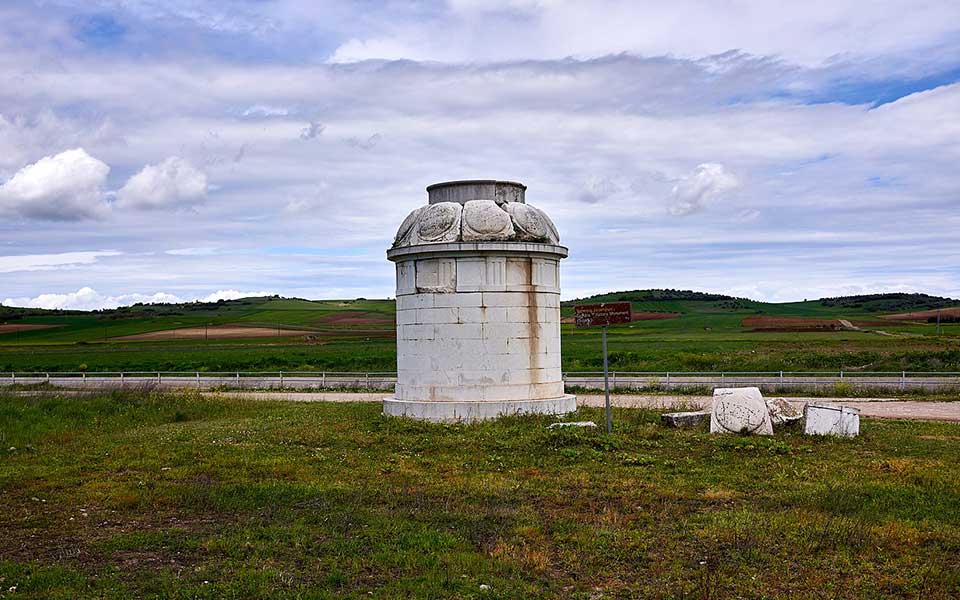In early July, 371 BC, the Spartans and their Peloponnesian allies marched an army of 10,000 hoplites (heavy infantry) and 1,000 cavalry across the hills and mountains of Phocis towards the flat plains of Boeotia in central Greece. Their intention was simple: to abolish the Theban-led Boeotian Confederacy, a loose collective of poleis (city-states), and secure total domination of Greece.
The Spartan War Machine
Spartan supremacy on the battlefield was a centuries-old statement of fact. Based on the societal reforms of the quasi-mythical lawgiver Lycurgus sometime in the late 9th or early 8th century BC, young Spartan boys were raised to be professional soldiers, removed from the care of their families at the age of seven and educated to adulthood in the brutal military regime of the agoge.

© Matt Popovich
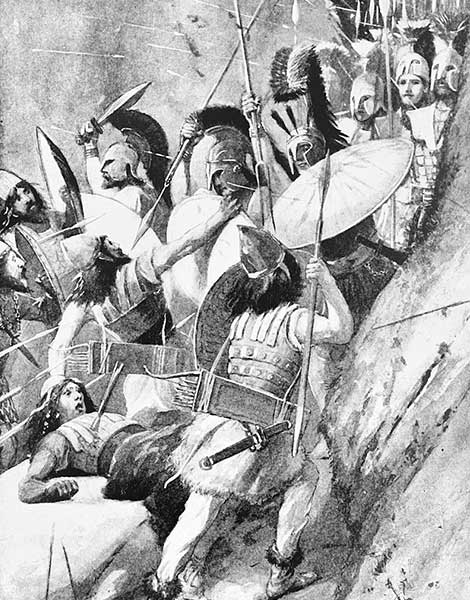
© John Steeple Davis - "The Story of the Greatest Nations, From the Dawn of History to the Twentieth Century" (published in 1900).
By the 6th century, Sparta had brought much of the surrounding territory in the Peloponnese under its control, even reducing their neighbors the Messenians to the status of semi slave helots, and establishing a political league of allied city-states. Their fighting prowess was undeniable, and their fame as warriors par excellence had spread well beyond the borders of Greece. Even in the heroic last stand at Thermopylae in 480 BC, where all 300 Spartan hoplites and their legendary king, Leonidas, perished against the advancing Persian tide, the image of the fearless Spartan warrior was indelibly marked into history.
Following its victory over Athens in the long and protracted Peloponnesian War (431-404 BC), Sparta, a strict oligarchy, established itself as a major power in the eastern Mediterranean, and exerted increasing control over the rest of Greece. Conflicts arose with loose coalitions of other leading Greek city-states, including Corinth, Argos and a resurgent Athens, but their sternest test came against Thebes, a recently established democracy and the most powerful city-state in the Boeotian Confederacy.
Theban Defiance
Seeking an opportunity to assert control over central Greece, Sparta demanded the confederacy be abolished under the terms of a peace treaty, but the Theban general Epaminondas, wanting to sign on behalf of all the Boeotians, resolutely refused. Spartan military advancements into Boeotia tried to force the Thebans back to the negotiating table, and their leaders were divided in their response. Three of the seven generals (Boeotarchs) wanted to retreat behind the high walls of their city, reluctant to meet the full might of the Spartan army on the open battlefield, but Epaminondas had other ideas.
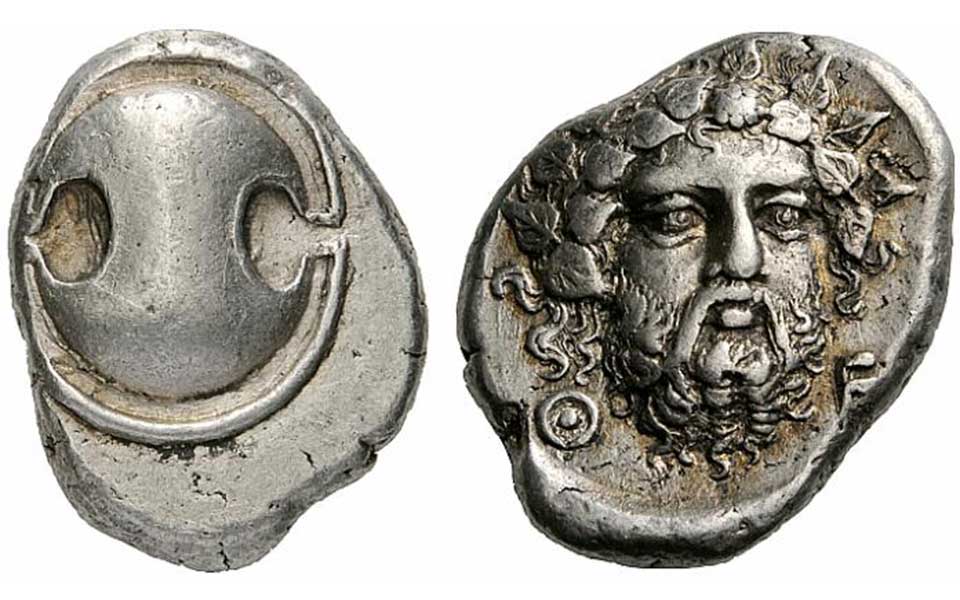
© Exekias
On July 6, while the Spartans and their Peloponnesian allies formed up in ranks on the plain of Leuctra near Thebes, Epaminondas, a keen student of Pythagorean theory and a shrewd tactician, assembled his forces.
As they mustered on the plain, it soon became clear that the Thebans were heavily outnumbered, with a much smaller army of 7000 hoplites, albeit with the elite 300-strong “Sacred Band” under the leadership of the gifted and charismatic general Pelopidas, and a mobile force of 600 cavalry.
In a bid to boost morale, Epaminondas, brandishing a snake (representing the Spartan army), cut its head off, thus symbolically ending the Spartan domination of Greece.
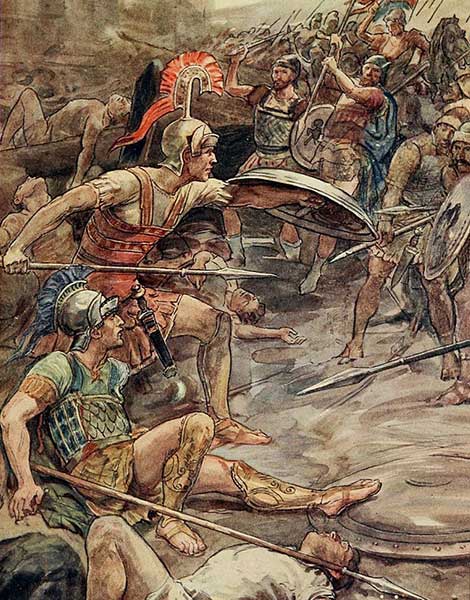
© W. H. Weston and W. Rainey
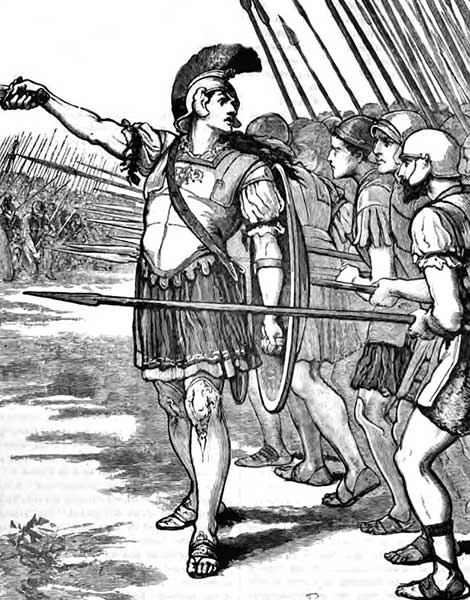
© Edmund Ollier (1882)
The Battle
The Spartans, under the leadership of their king, Cleombatus, formed up in the traditional phalanx formation, 12 ranks deep with two wings. The most skilled and battle-hardened hoplites were positioned on the right wing, the place of honor in the Spartan line of battle.
Up to this point in ancient land warfare, Greek armies had almost always positioned their best warriors on the right, the idea being that in the ensuing “pushing match” between the opposing sides, the formation would gradually pivot inwards and one of the lines would break or be out-flanked.
In a clever, premeditated move, Epiminondas positioned his best warriors, the elite Sacred Band, on the left, narrowing the lines and making the wing 50 ranks deep. In a panicked response, Cleombatus elongated his own lines in a bid to out-flank the Thebans, spreading his ranks more thinly across the battlefield.
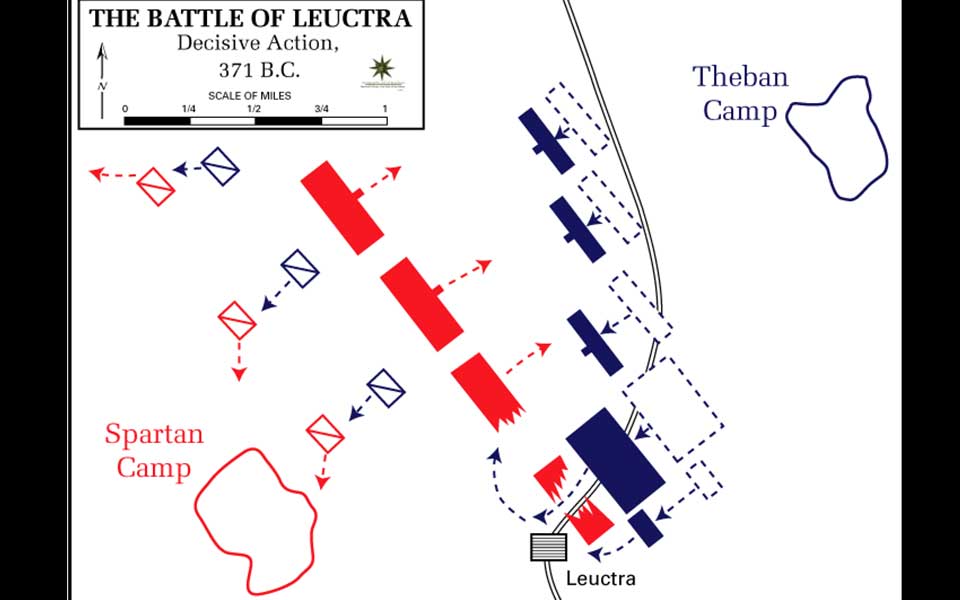
© Kirill Lokshin
The battle began with a brief confrontation between the two cavalry forces, which the outnumbered yet highly skilled Theban horsemen easily won, driving back the Spartan cavalry into their own lines of infantry causing confusion and disarray. Epaminondas seized the moment to advance.
In a staggered line, angled to the left, the Theban heavy infantry smashed into the Spartan lines, quickly exposing Cleombrotus’ position on the right. With ruthless precision, the Sacred Band launched into action, fatally wounding the Spartan king and cutting down some 400 citizen-soldiers, perhaps more than a third of the entire male citizen body of Sparta, in one lethal blow.
Theban Hegemony
The Battle of Leuctra was a decisive victory for Thebes, and a crushing end to the centuries-old belief in Spartan military supremacy. Cleombrotus was the first Spartan king to die in battle in over 100 years, since the loss of Leonidas at Thermopylae. This time, however, the king’s death was at the hands of fellow Greeks and not “barbarian” Persians.
The battle led to the disintegration of the Peloponnesian League and forever deprived Sparta of their supremacy in Greece. Thebes went on to enjoy a period of hegemony, albeit short-lived, but the tactics deployed by Epaminondas would influence the future Philip II of Macedon in the development of his own approach to military formations and tactics. Indeed, those innovations were carried forward to devastating effect by his son, Alexander the Great, in his decade-long campaign through western Asia (334-323 BC).
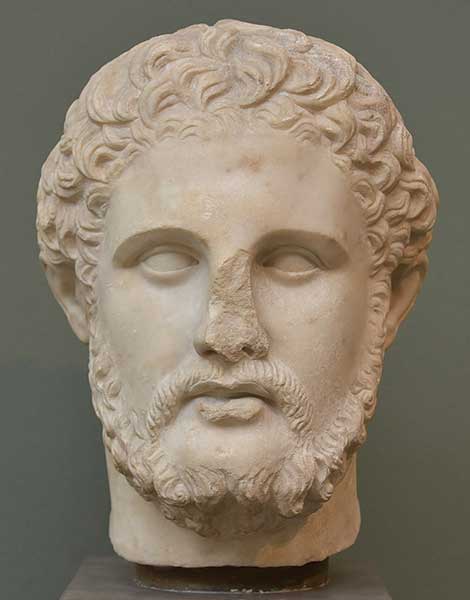
© Richard Mortel
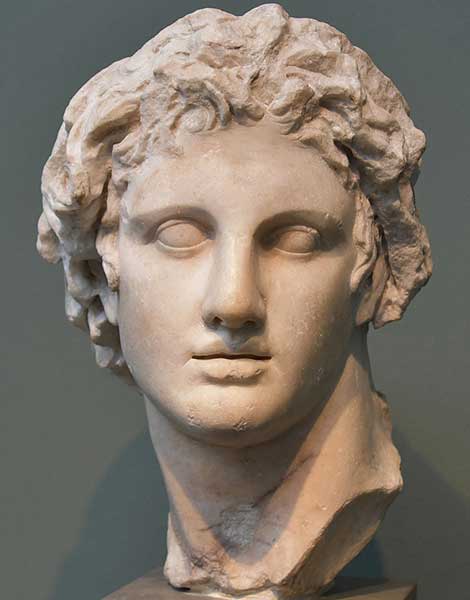
© Richard Mortel
The historical events of the first half of the 4th century BC are often overshadowed by the glories of the preceding century – the Persian wars, the ascendency of democratic Athens, the Golden Age of Pericles. Likewise, we often fast-forward after the Peloponnesian War to the rise of Macedon under Philip II and the later conquests of his son, thus missing the decades-long struggle for supremacy among the Greek city states.
The “Theban 300”
The stubborn defiance of Thebes in the face of Spartan aggression was indeed a watershed moment in the history of ancient Greece, and foreshadowed the rise of Macedonia a generation later.
While there is an everlasting poetry to the heroic exploits of the 300 Spartans at Thermopylae, perhaps now is the time to consider the extraordinary feat of the Thebans, in particular the 300-strong Sacred Band, on this, the 2,392nd anniversary of the Battle of Leuctra.

